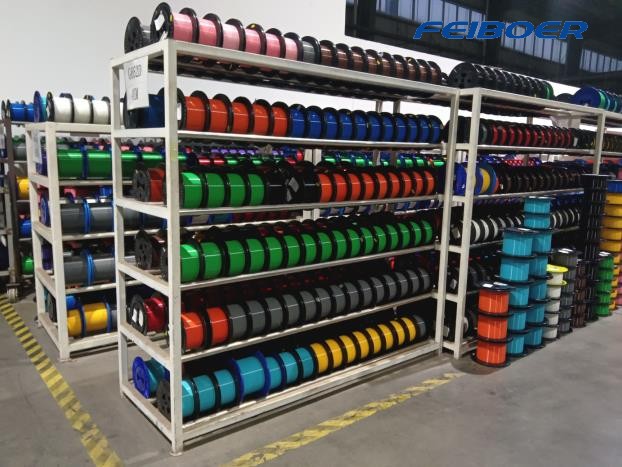The color dispersion of signals in optical fibers is a critical parameter that affects the performance of optical communication systems. The phenomenon of color dispersion is caused by the different propagation speeds of different colors of light in the fiber, resulting in a temporal spreading of the optical signal. In this article, we will discuss the color dispersion characteristics of signals in optical fibers, including the causes of color dispersion, its effects on signal transmission, and the methods used to mitigate its impact.

Causes of Color Dispersion
Color dispersion is caused by the refractive index difference between the core and cladding of the optical fiber. The core of the fiber has a higher refractive index than the cladding, causing light to be guided along the fiber by total internal reflection. However, the refractive index of the core is not constant and varies with the wavelength of the light signal. This variation in refractive index causes different colors of light to travel at slightly different speeds through the fiber, leading to color dispersion.
The refractive index variation in the core is caused by two primary mechanisms: material dispersion and waveguide dispersion. Material dispersion arises from the wavelength dependence of the refractive index of the fiber material, while waveguide dispersion is caused by the variation of the refractive index along the fiber's waveguide structure.
Effects of Color Dispersion
Color dispersion can have a significant impact on the performance of optical communication systems. The dispersion of optical signals causes temporal spreading of the signal, resulting in a broadening of the pulse width and a reduction in the signal's intensity. The resulting distortion of the optical signal limits the transmission distance and capacity of optical communication systems.
Color dispersion can also cause intersymbol interference (ISI), which occurs when the dispersion of one symbol affects the detection of subsequent symbols. ISI can cause errors in the detection of the signal, leading to a reduction in the overall transmission quality.
Mitigation of Color Dispersion
Several methods can be used to mitigate the effects of color dispersion in optical fibers. One of the most commonly used methods is the use of dispersion-compensating fibers (DCFs). DCFs have a negative dispersion coefficient that cancels out the positive dispersion of the transmission fiber. DCFs are typically used in long-haul optical communication systems to mitigate the effects of chromatic dispersion.
Another method used to mitigate color dispersion is the use of optical filters. Optical filters can be used to selectively filter out specific wavelengths of light, reducing the effects of color dispersion on the transmitted signal. Optical filters can be incorporated into the optical fiber system at various points, such as at the transmitter, receiver, or amplifier stages.
Dispersion compensation techniques can also be applied in the electronic domain. Electronic dispersion compensation involves digital signal processing techniques that can compensate for the effects of chromatic dispersion by applying a digital filter to the received signal. Electronic dispersion compensation can be achieved by using a digital signal processor (DSP) or a field-programmable gate array (FPGA) in the receiver's circuitry.
Conclusion
Color dispersion is a critical factor that affects the performance of optical communication systems. The dispersion of optical signals is caused by the different propagation speeds of different colors of light in the fiber, resulting in a temporal spreading of the optical signal. Color dispersion can cause distortion of the optical signal, limit the transmission distance and capacity of optical communication systems, and lead to errors in the detection of the signal. Mitigation techniques such as dispersion-compensating fibers, optical filters, and electronic dispersion compensation can be used to mitigate the effects of color dispersion and improve the performance of optical communication systems.
03-21
202502-12
202509-12
202409-05
202408-16
202408-07
202408-06
202408-02
202407-30
202407-29
2024
